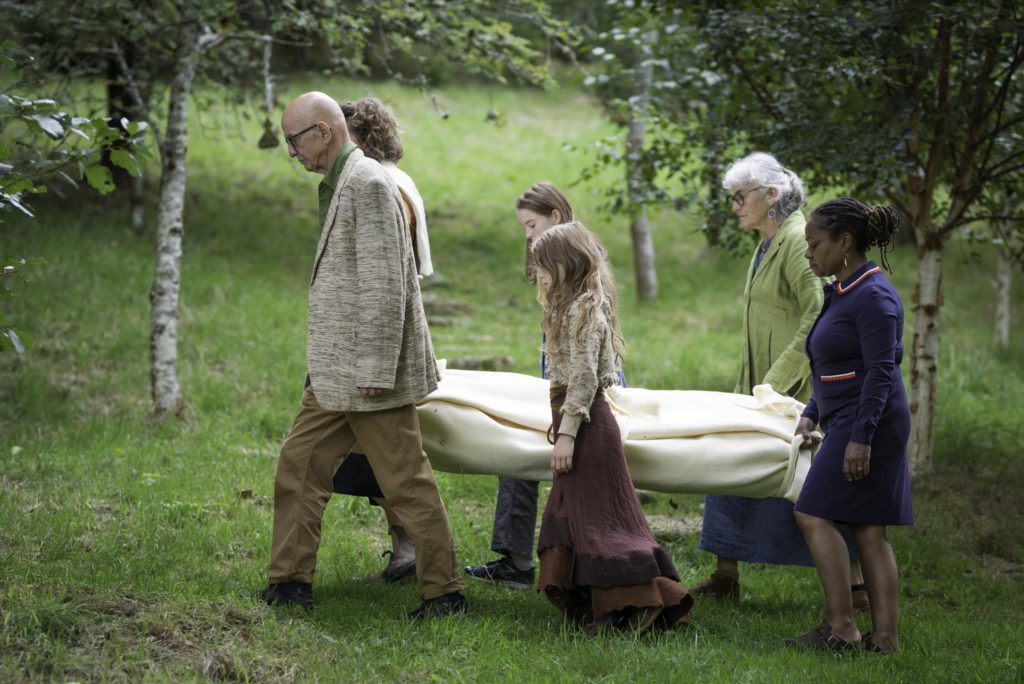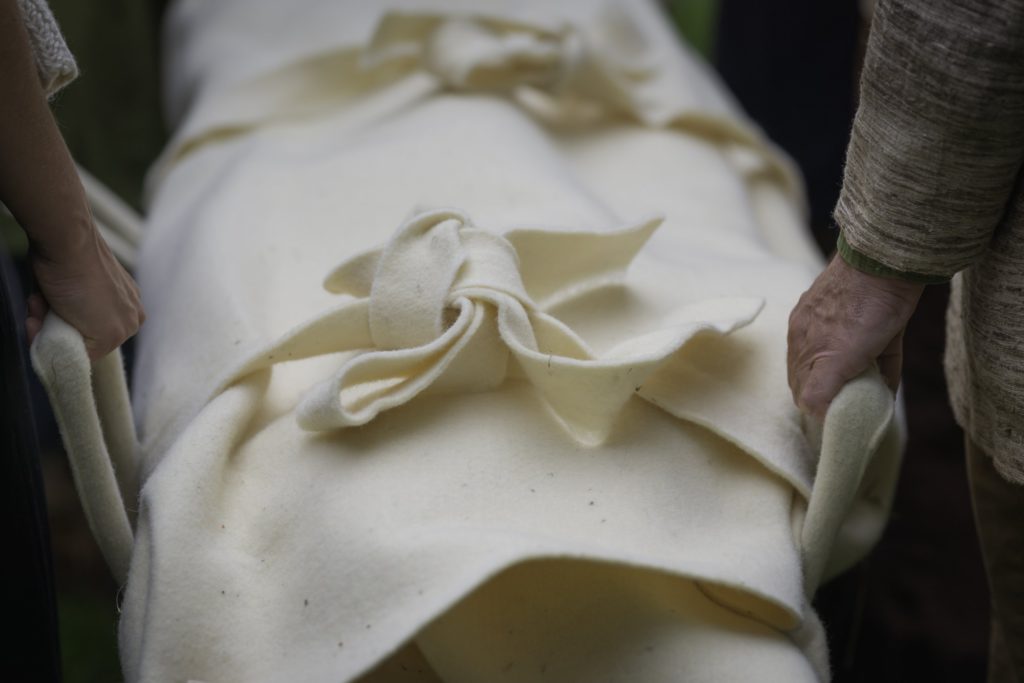The burial of Jesus in Nazareth is an event shrouded in much controversy and significance. The shroud that was used for the burial of Jesus was believed to be an ancient linen cloth, and many Catholics believe it held a divine light upon Jesus’ body as well as energy. This shroud has been a topic of much debate among Christians since ancient times, and it has been argued that the shroud may have contained the body of Jesus.
The Turin Shroud is a 14th century linen cloth with a faint image of a crucified man, believed by many to be Jesus. The actual burial shroud of Jesus has been lost to history, but the Turin Shroud is believed by some to be the same cloth that was used to wrap his body following his crucifixion in Nazareth. Claims about the authenticity of the shroud vary from it being an elaborate forgery to being an actual bloodstained burial cloth used at Jesus’ burial. Through its long history, there have been many common claims about this piece of fabric that link it directly to Jesus and his death.
The Turin Shroud is an ancient cloth believed to have been used to wrap the body of Jesus after his crucifixion. Radiocarbon 14 dating has placed the age of the shroud as much earlier than biblical dates for Jesus, at 1390 AD. Despite this, many believe that the death shroud was used to wrap Jesus’ body and may even bear blood stains from his death. This idea lends greater significance to shroud burials in Australia for those in search of reconciliation with Jesus and his death. Whether or not it is indeed the burial cloth of Jesus, this fabric provides a tangible connection between believers and their Saviour in a way no other artefact can.
Shroud burials are of great significance to those seeking to come closer to Jesus and reconcile with His death. The tomb of Jesus was found in the Cathedral of Oviedo, Spain in 877 AD, with a face imprinted on it that some have claimed is that of Jesus following his death. This sudarium consists of one part blood and six parts sweat stains, believed by some to be from the three years leading up to His death. As such, many believers use this fabric as a way to honour and acknowledge His body and its sacrifice for them.

Shroud burials for reconciliation are an ancient practice that has been used for centuries. Shrouds, or long linen cloths, were used to wrap the body of Jesus after His death. The most famous of these shrouds is the Turin Shroud which bears an indelible image of a naked man in a prone position. Many people think that the Turin Shroud actually covered Jesus’ body when He was brought down from the cross. When a person is wrapped in a shroud and then placed in the ground they become what looks like a deflated balloon; this is known as shroud collapse. It was believed that when Jesus’ body was placed in its final resting place, it underwent this same process and left burn holes on this rectangular cloth as evidence of his passing. This phenomenon gave believers hope that one day their own bodies would be released from physical suffering just like Jesus’. As such, many believers use this fabric as a way to honour and acknowledge His body and its sacrifice for them.
The shroud burial of Jesus is a practice deeply rooted in Christian antiquity, as it is seen in the passage from Mark Matthew which states: “And he took it down, and wrapped it in linen cloth, and laid him in a tomb that was hewn out of a rock”. This ritual has been carried on for centuries since His death and still has significance today. The Turin Shroud is believed to be the fabric used to wrap Jesus’ body following His crucifixion and is considered one of the greatest relics by many Christians. Historian Jack Markwardt suggests that this shroud burial had immense spiritual value for early Christians who viewed its wrapping as an act of mercy from God’s Holy Spirit. This also allowed them to venerate the body of Jesus while remaining faithful to Jewish law at the time. In modern times, shroud burials are often used during the burial ceremony between two parties or groups; they serve as symbolic reminders that all can come together under a shared identity – regardless of differences – just like Christ did with His death on the cross.
